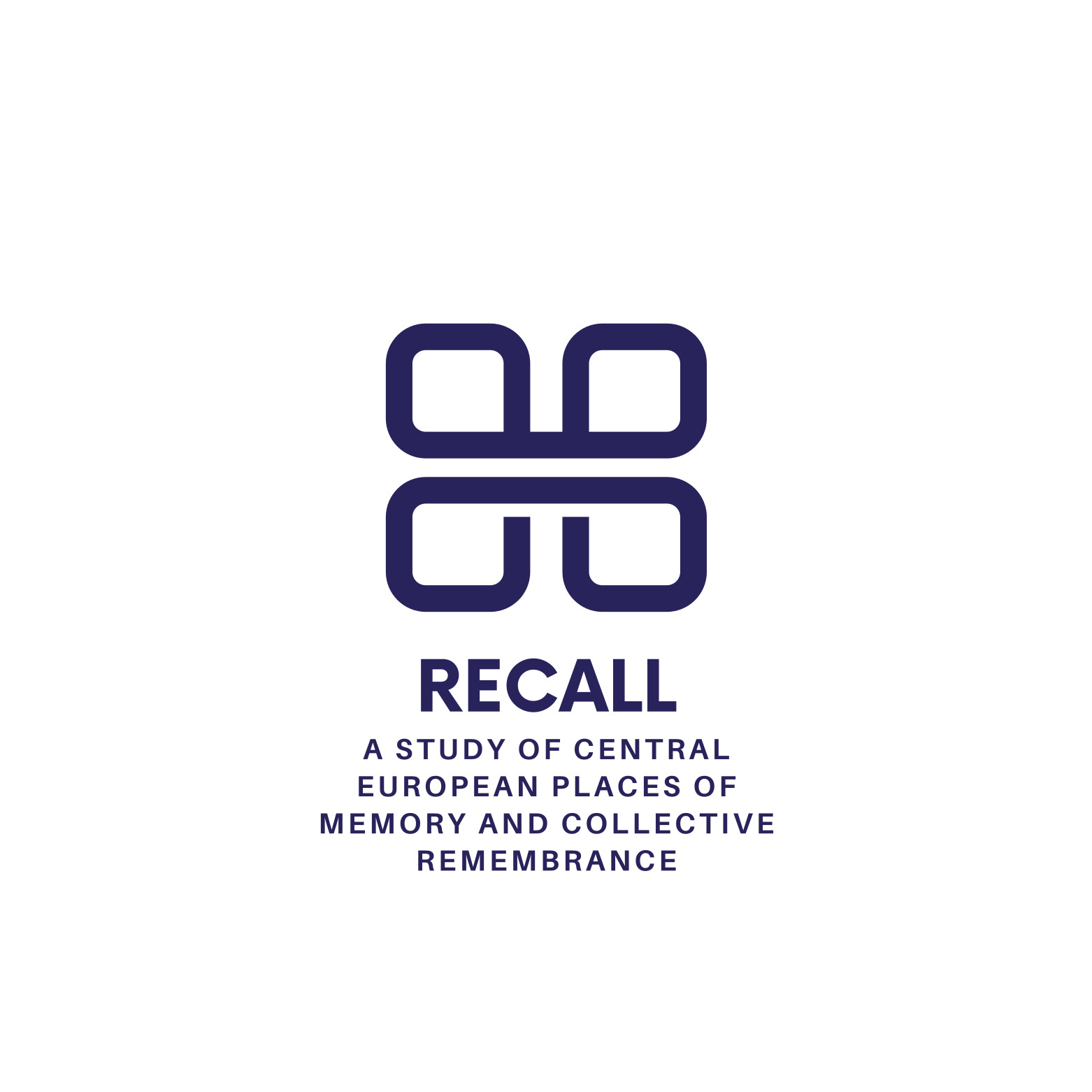
Címke: Poland
-
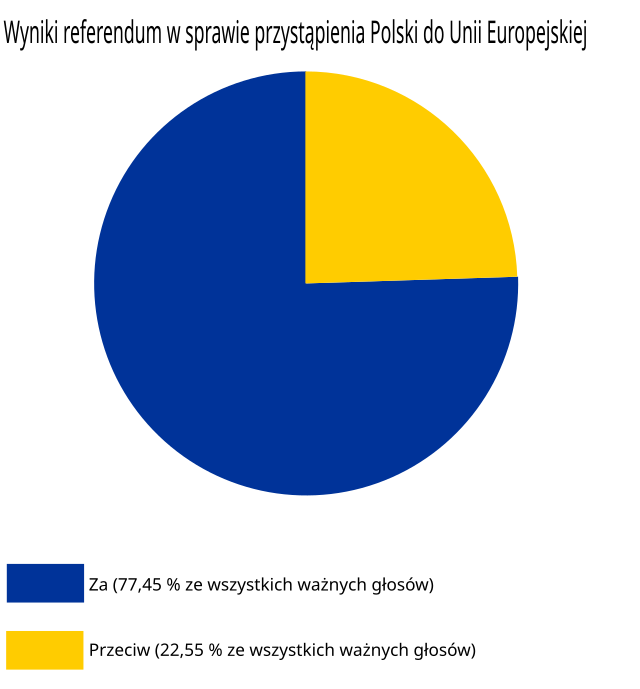
2003 Polish European Union membership referendum – Belweder, Warsaw
2003 Polish European Union membership referendum – Belweder, Warsaw Fact of the Polish figure „Joining the EU figure in Poland”…
-
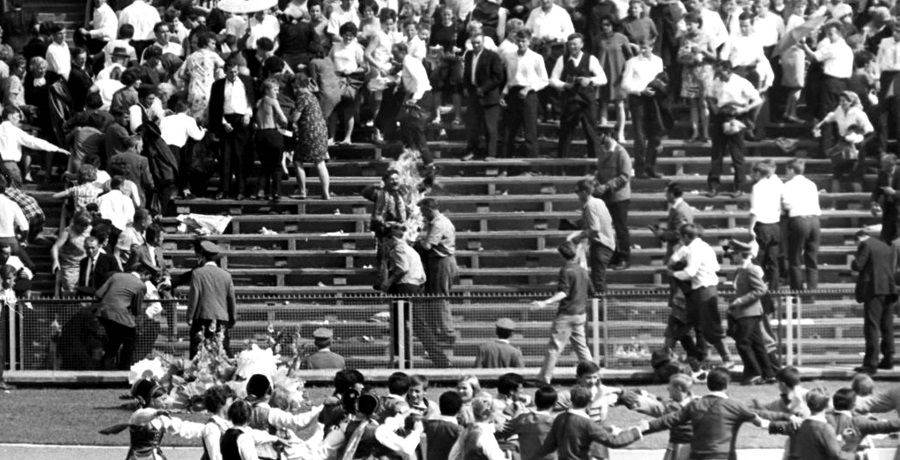
Self imolations – Jan Palach, Sándor Bauer and Ryszard Siwiec – Warsaw, Ryszard Siwiec Memorial
Self imolations – Jan Palach, Sándor Bauer and Ryszard Siwiec – Warsaw, Ryszard Siwiec Memorial Fact of the Polish figure…
-
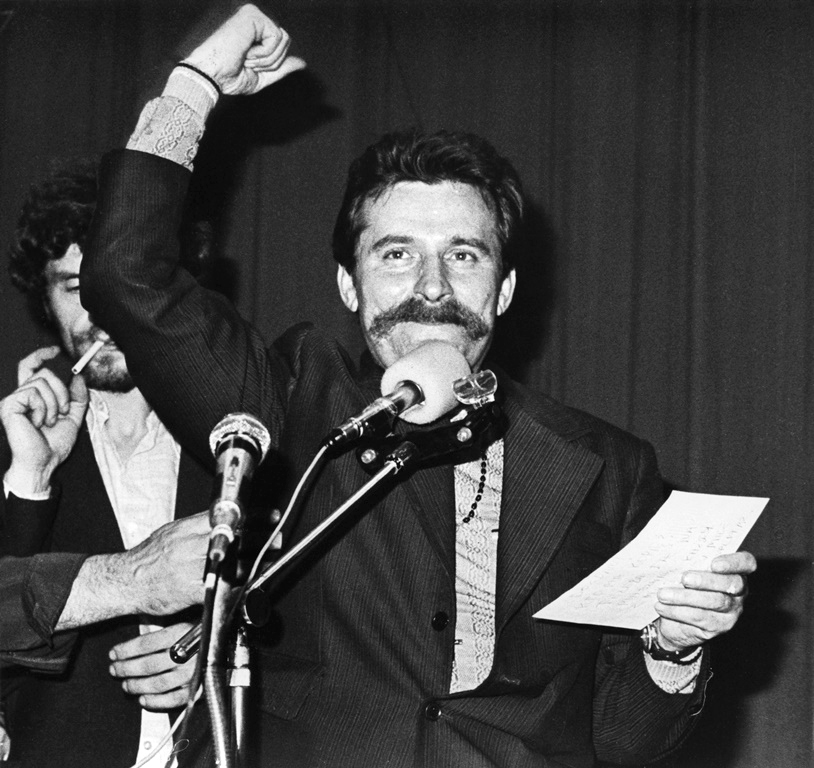
Lech Wałęsa during the strike in 1980
The Solidarity Movement – Gdansk, European Solidarity Centre
The Solidarity Movement – Gdansk, European Solidarity Centre Fact of the Polish figure „The Round Table – 1989” Part of…
-
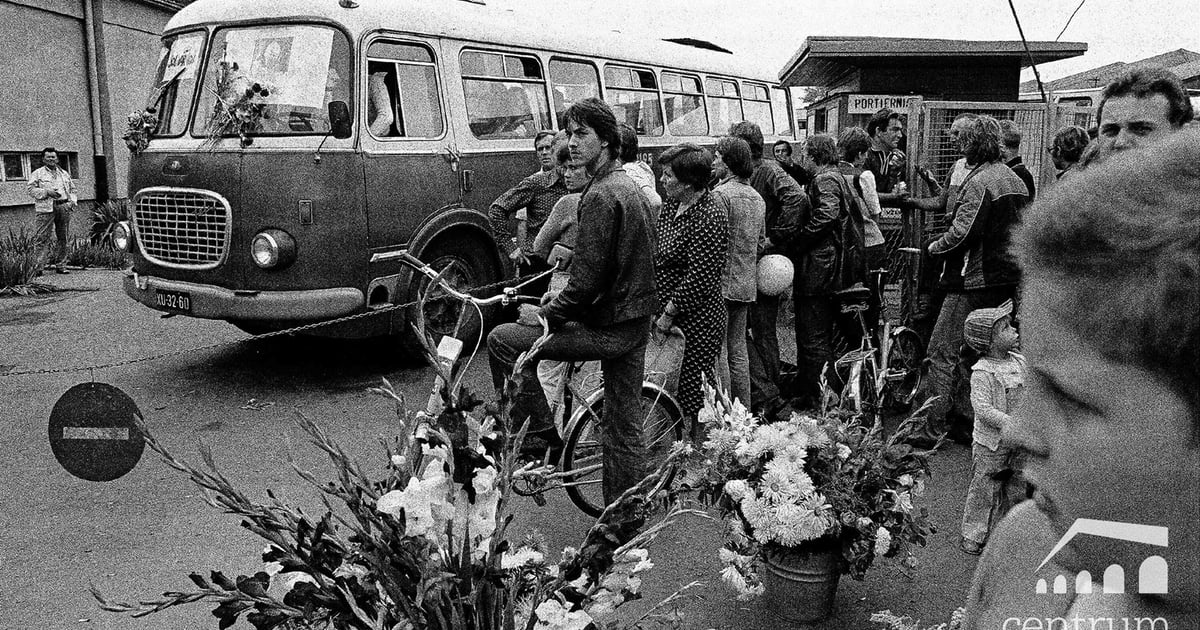
August strike in Wrocław – the country supports striking shipyard workers – Wrocław
August strike in Wrocław – the country supports striking shipyard workers – Wrocław Fact of the Polish figure „The Gdansk…
-
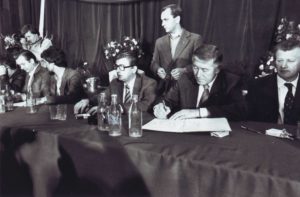
Signing the August Agreement in Gdańsk, Szczecin, Jastrzębie Zdrój and Dąbrowa Górnicza – Dąbrowa Górnicza; Huta Katowice
Signing the August Agreement in Gdańsk, Szczecin, Jastrzębie Zdrój and Dąbrowa Górnicza – Dąbrowa Górnicza; Huta Katowice Fact of the…
-
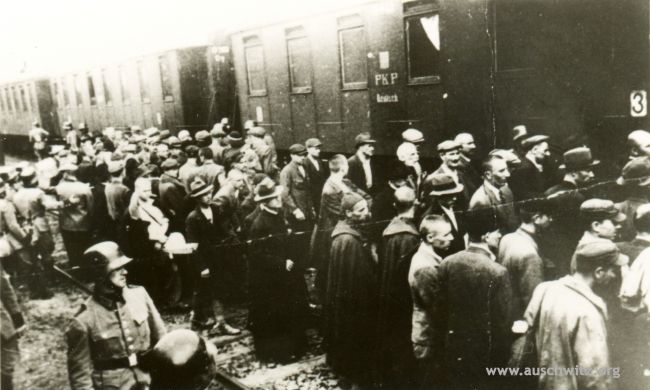
Prisoners from the first transport to KL Auschwitz of 14th of June 1940 on a train station in Tarnów. – Source: https://www.auschwitz.org/
14.06.1940 first transport to KL Auschwitz – Tarnów
14. 06.1940 first transport to KL Auschwitz – Tarnów Fact of the Polish figure „Rightous Among the Nations” Part of…
-
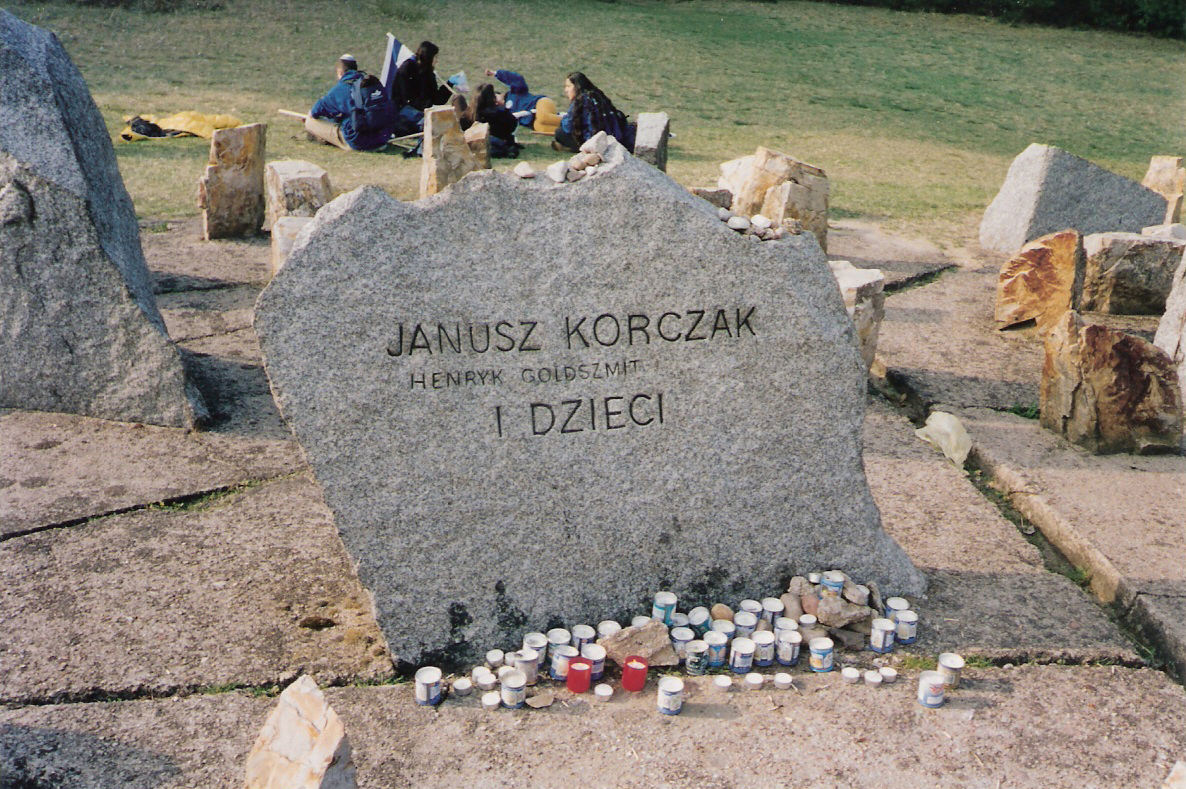
Treblinka. Symbolic grave of Janusz Korczak.
Killing of Janusz Korczak – Treblinka
Killing of Janusz Korczak – Treblinka Fact of the Polish figure „Rightous Among the Nations” Part of the „The Holocaust”…
-
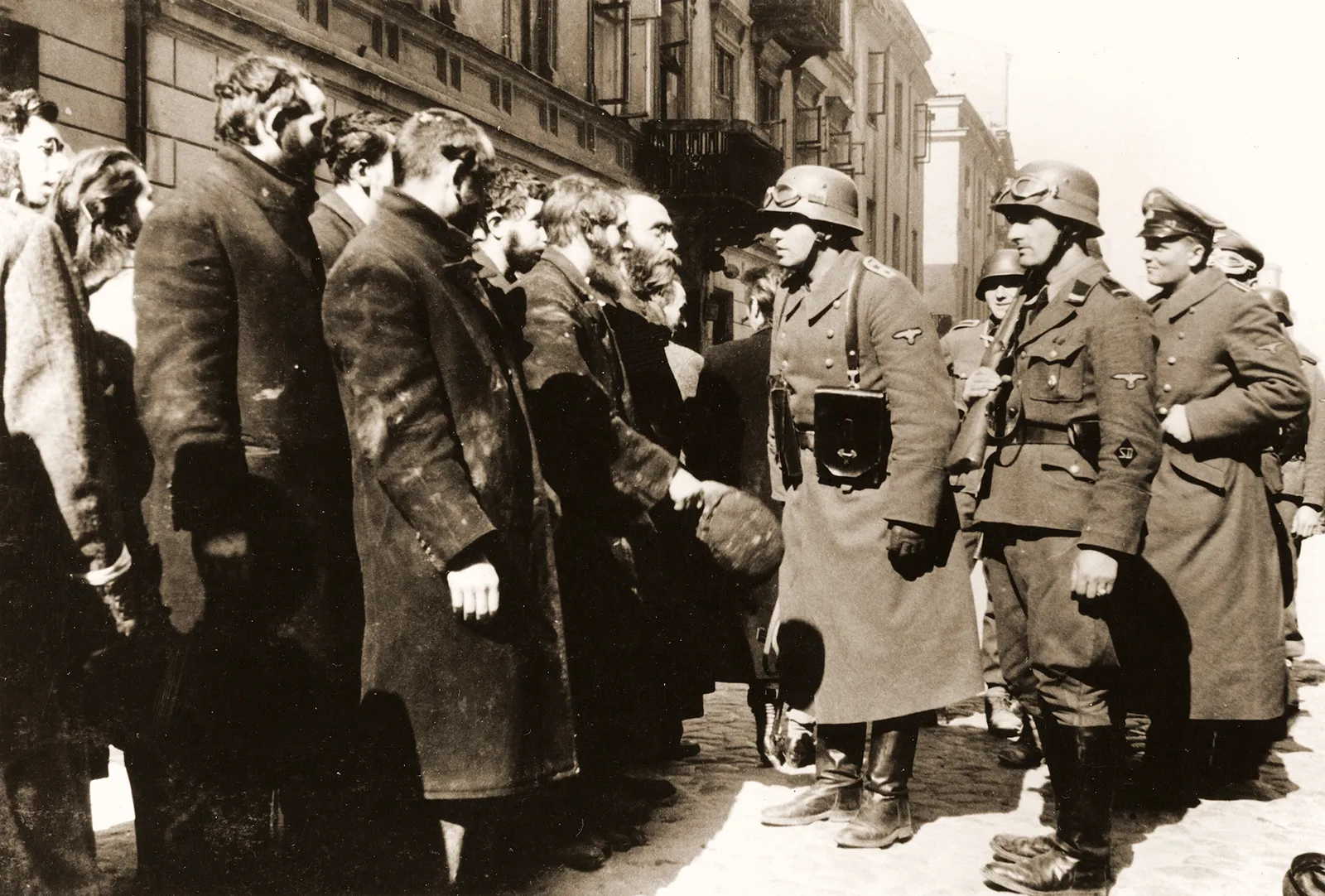
Warsaw Ghetto Uprising – Interrogation by SS Sergeant (Oberscharführer).
Warsaw Ghetto Uprsing – Monument to the Ghetto Heroes, Warsaw
Warsaw Ghetto Uprsing – Monument to the Ghetto Heroes, Warsaw Fact of the Polish figure „Rightous Among the Nations” Part…
-
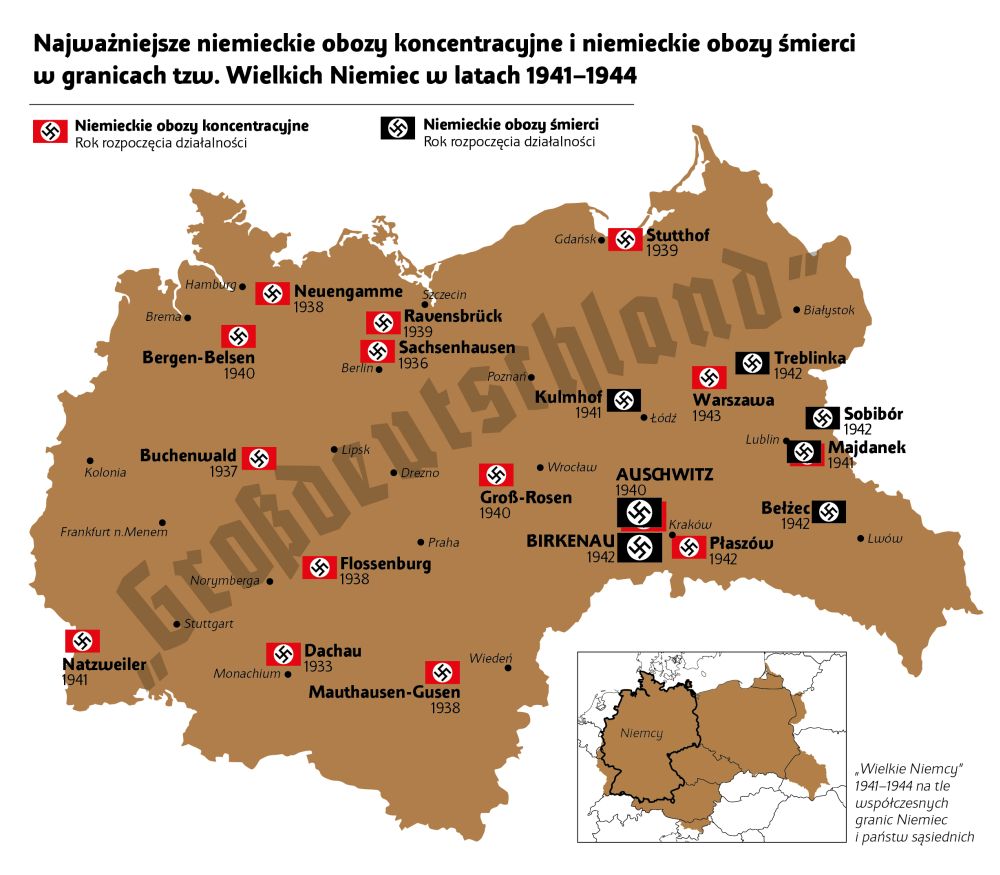
Map of the biggest concentration and extermination camps of Nazi Germany
German Nazi Concentration and Extermination Camps in occupied Poland – Stutthof
German Nazi Concentration and Extermination Camps in occupied Poland – Stutthof Fact of the Polish figure „The Auschwitz Nazi German…
-
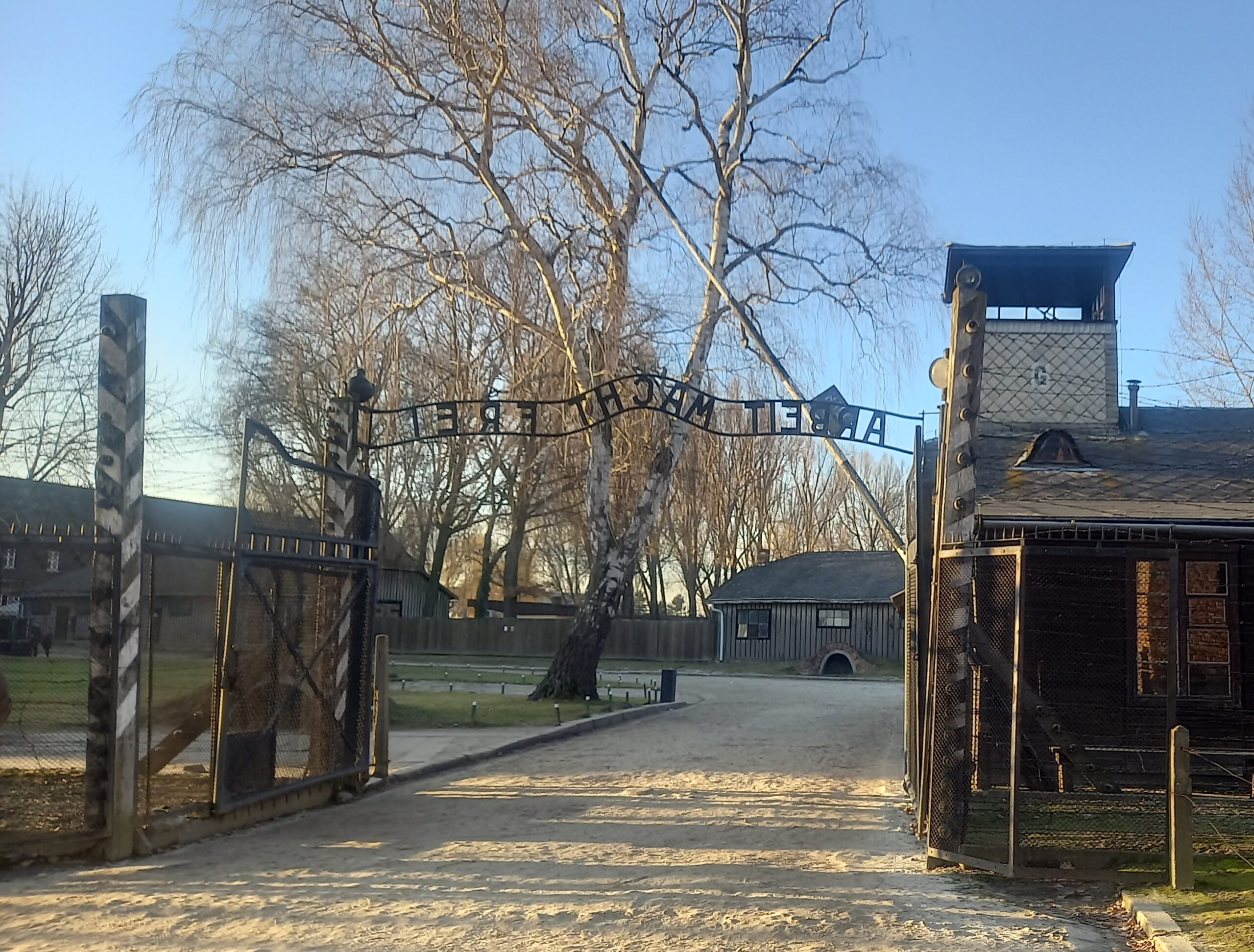
Arbeit Macht Frei – the gate to the Auschwitz I camp Author: Anna Jawień
The entrance gate to the Auschwitz camp – Oświęcim
The entrance gate to the Auschwitz camp – Oświęcim Fact of the Polish figure „The Auschwitz Nazi German Death Camp”…
